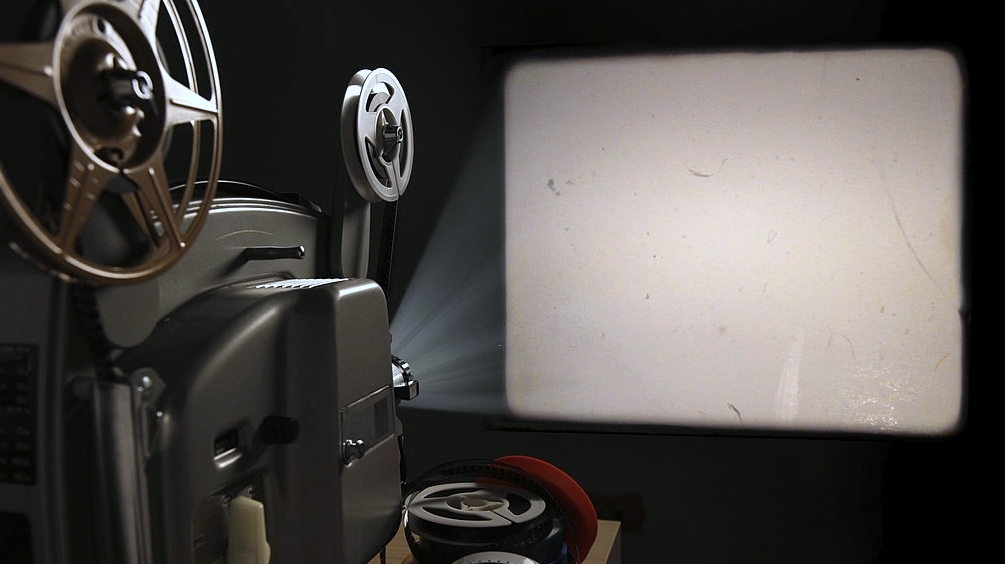Contents
Different Ways to Make a Projector Screen on a Wall

Making a DIY projector for your family and friends should not be too hard because all you technically need is a plain screen on which a projection can be made. You can use the following projector screen ideas for your small start-up company’s meetings as well. Whether you want a temporary fix or a permanent job, read up to find out what suits you the best
Things To Consider Before Making A Screen
Measure the dimensions of the room you are setting up for a projector. The room should have enough place to seat people some distance away from the screen to ensure a comfortable viewing experience. The distance should not be too small or it can affect your eyesight strongly in the long term
Depending upon your room size, decide how big you want your screen to be. The screen should not be too small either. Make sure the room is not well lit or at least if a curtain can be added to make it a theatre-like experience.
What kind of Projector you have or can afford to buy should also make severe changes to your screen choices
Method 1: For A Tight Budget - Paint A Wall With Projector Paint
The painted screen is probably the most economically feasible and quickest option among the rest.
- The first step would be to make the surface smooth and get rid of all dents and bulges. Fill the crevices, and sand the wall place and make it as plain as possible
- Use a layer of primer just to ensure a smooth painting experience
- After the layer of primer has dried properly, apply a layer of projector paint. Projector paint is designed for absorbing and illuminating light in correct proportions will give a better result than a normal white paint that is either matte or has a lustrous effect
- This method is the cheapest and the easiest of all the methods if you've had a plain wall. But it doesn't necessarily give the best viewer experience as compared to an actual screen
- If you want to, you can make an exterior frame out of simple tape or a felt tape to give your screen a bit of a dimension
The downside of the painting method is the inevitable textures of the wall that will pop up into your viewing experience, but it is still a good beginner option and comes in very affordable ranges for a small family or a college students’ dorm types.
Check out the best projectors , As well as some more affordable HD options.
Method 2: For Temporary Purposes - Install A Portable Screen
- This method includes tying up a cloth material, preferably white to the wall or just make a few adjustments to install a temporary screen.
- You can either buy a temporary screen from somewhere online or use good quality fabric and hang it up on a wall or just plainly tie it up tight to make the illusion of a screen
- This method actually works brilliantly for indoor situations however not so much for an outdoor experience due to the blowing wind.
- If you want an outdoor experience, you must invest in a permanent yet portable screen that is also easy to get or make by yourself. You can use pipes, wooden bars, or strong cardboard even for making the temporary screen. Anything that works for your DIY family screen
This method is great for a temporary solution but will not withstand wear and tear for a long time. So if you are thinking of an upgrade soon or want a budget-friendly portable screen, this is an optimum choice
Method 3: Permanent And Quality Solution - Install A Permanent Projector Screen
- This method is if you have a good budget and are willing to do some extra work in the woodshed. It will also consume more time compared to the other two
- For this method, choose what your frame will be made of. Good choices would be a string PVC or a thick plywood situation. Use metals like steel if you want a long lasting project
- Cut the material of your choice to make a sturdy polished frame.
- Choose your screen material. It can be laminate, a fabric-based, paper screen, or a blackout cloth. The screen type depends solely on your preferences
- Take your chosen screen and bind it with the frame. You can either use a glue gun, a large staple or nuts, screws, and bolts according to how permanent you want your screen to be. Make sure there are no loose points on the screen while doing so.
- Add finishing touches. Install the ready frame onto the wall using hangers or screws. Make sure you draw the picture beforehand to avoid any unnecessary mishaps
This method is the closest you can get to a cinema experience. If you have a couple of bucks to spend, this is the most recommended one, because it will also serve you for a longer period of time
Conclusion
Hope the above post gave you ideas about what you can do for a projector screen for weekend late-night series bingeing or for an outdoor friend’s movie marathon. Building a screen by yourself is very easy and you should definitely try a DIY soon